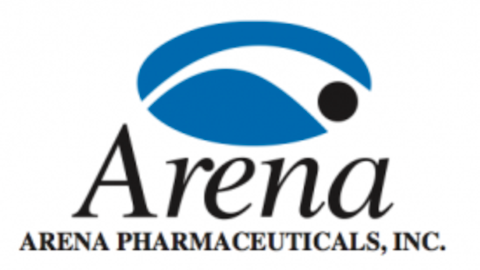With the full implementation of the individual portion of the Patient Protection and Affordable Care Act less than five months away, physicians and doctor’s offices around the country should be bracing for what could be an influx of new patients. With the mandate for insurance comes the potential that more people (both those covered under Medicaid expansion and self-insured individuals) may choose to visit their doctor more often to address ongoing and preventative concerns.

Source: Vic, Flickr.
From an investing standpoint and as a society, we understand what diseases are most prevalent, where the trends are rising, and what medications are being developed to treat these diseases. Obesity, for instance, is a disease that affects 35.7% of the U.S. population, and with it comes a considerably higher risk of developing high blood pressure, high cholesterol, diabetes, and cancer. Similarly, some 25 million people in the U.S. are diabetic, with another nearly 80 million in a pre-diabetes stage. You’d think with staggering figures like these that the majority of doctors office visits would be related in some way to chronic weight or diabetic issues.
But that’s just not the case, according to a large study conducted by the Mayo Clinic, which looked at 142,377 patients between 2005 and 2009 to determine why exactly they went to see their doctor. Your initial impression might be to assume that high-profile and prevalent diseases tend to be the main reason people go see their doctor, but it actually tends to be more subtle symptoms that drive us to seek help.
Here are the 10 most common reasons the Mayo Clinic listed in its study for why people go see their doctor :
1. Skin disorders, including cysts, acne, and dermatitis.
2. Joint disorders, including osteoarthritis.
3. Back problems.
4. Cholesterol problems.
5. Upper respiratory conditions (excluding asthma).
6. Anxiety, bipolar disorder, and depression.
7. Chronic neurologic disorders.
8. High blood pressures.
9. Headaches and migraines.
10. Diabetes.
Skin disorders
According to the Mayo Clinics’ study, nearly 43% of respondents went to see their doctor in at least some context because of a dermatologic disorder. What this means for you as an investor is that there could be a huge growth potential in skin-disorder companies should more people choose to visit their physicians next year.
There are quite a few ways of profiting off skin disorders, since it’s such a broad encompassing disorder that can range from aesthetic issues like acne to serious complications like melanoma. Beyond your commonly found over-the-counter medications, one interesting example of a potential beneficiary is Trius Therapeutics, Inc. (NASDAQ:TSRX), the developer of experimental acute bacterial skin and skin structure infection drug, tedizolid. In trials, the drug, which is designed to treat methicillin-resistant staphylococcus aureus, better known as MRSA, reduced lesion sizes by at least 20% in 85.2% of patients in a 48-hour to 72-hour time period, which was slightly higher than Pfizer Inc. (NYSE:PFE)‘s Zyvox, which is the current standard of treatment. However, tedizolid achieved its results in just a six-day dosing period compared with Zyvox’s 10-day standard treatment. With Cubist Pharmaceuticals agreeing to purchase Trius Therapeutics, Inc. (NASDAQ:TSRX) less than two weeks ago, it could be snagging itself quite the bargain.
On a larger scale, GlaxoSmithKline plc (ADR) (NYSE:GSK) is also a big skin-disorder player, but primarily from the point of cancer treatment. Earlier this year, GlaxoSmithKline plc (ADR) (NYSE:GSK) received Food and Drug Administration approval for both Taflinar and Mekinist for the treatment of advanced melanoma. Both drugs are single agents (meaning either one or the other will be prescribed), with each targeting a BRAF mutation commonly found among melanoma patients. Not to mention that GlaxoSmithKline plc (ADR) (NYSE:GSK) also received FDA approval for its diagnostic test to determine whether patients possess this mutation. With few melanoma advances in recent years, GlaxoSmithKline plc (ADR) (NYSE:GSK) has a solid chance to build a name for itself in this market.





